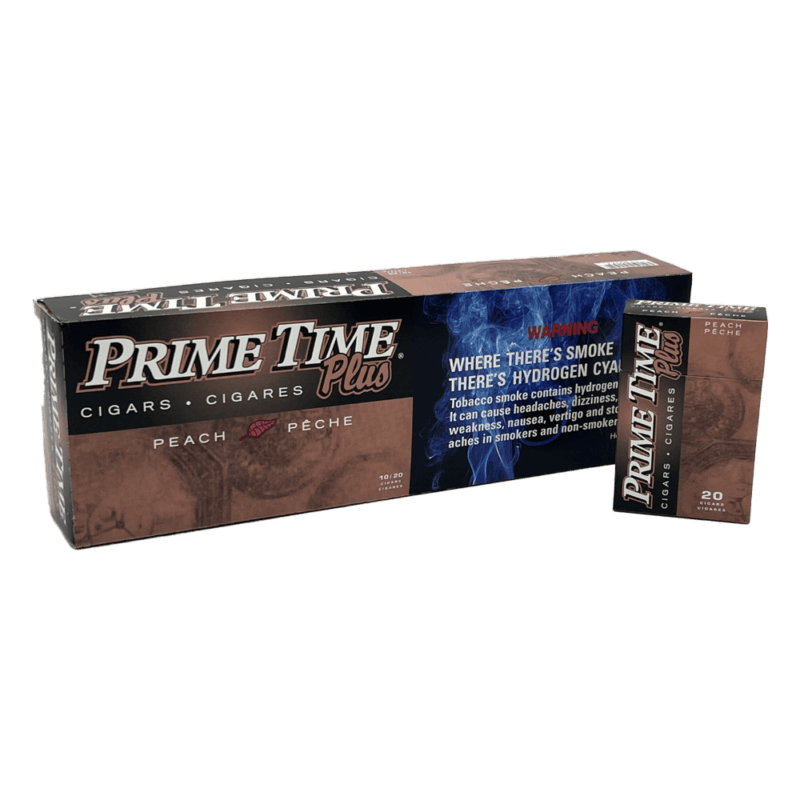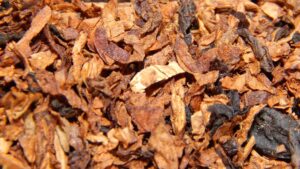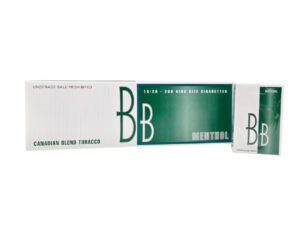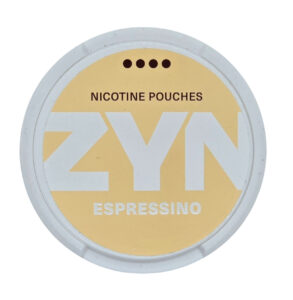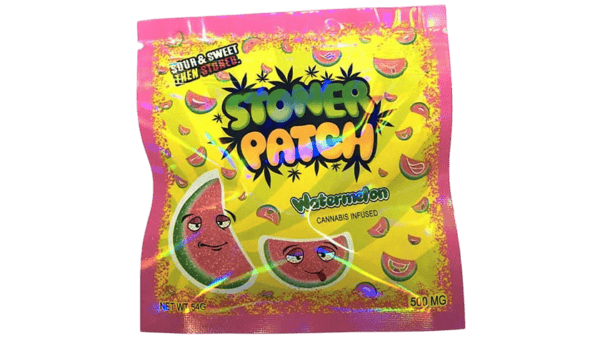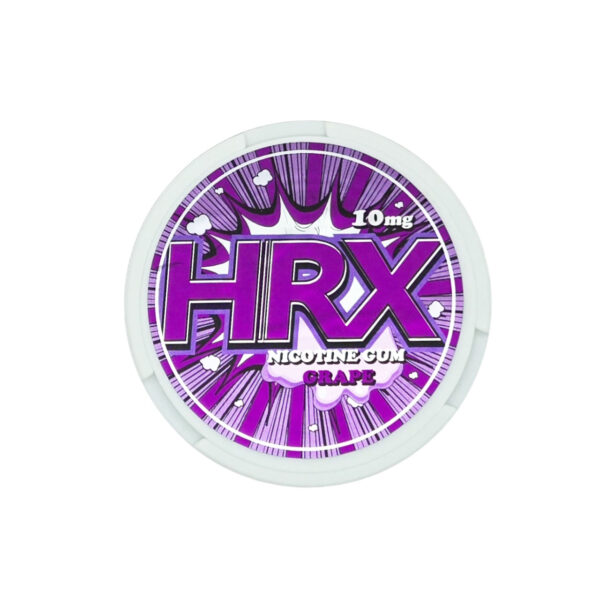In the world of smoking aficionados and the occasional smoker alike, the debate of cigarillos vs cigars remains a topic of earnest discussion and preference. While both offer a distinctive smoking experience, understanding the nuances between these two can enhance one’s appreciation for their craft and choice. Cigars have long been celebrated for their sophisticated allure and rich history, standing as a symbol of leisure and luxury. On the other hand, cigarillos, often viewed as their smaller counterparts, present a quicker, more casual smoking option without compromising on depth or flavor. Within Canada, the preference extends across a spectrum of tastes, showcasing a variety of cigarillos brands Canada recognizes for their quality and tradition. Prime Times are a cigarillo or tiny cigar that have been around Canada quite some time now with their rebrand to Prime Time Plus.
This article aims to delve into the fundamental differences and surprising similarities between cigarillos and cigars, providing a comprehensive comparison. Spanning the definitions—what is a cigarillo, what defines a cigar—to exploring the nuances in smoking experience, size, and convenience, the comparison will guide enthusiasts and newcomers alike in making informed decisions. Further, it will address commonly pondered questions such as, “are cigarillos better than cigarettes?” and “do you inhale cigarillos?” providing clarity on each aspect. Whether seeking to understand cigarillos in Canada more thoroughly or choosing between the myriad of available options, this guide offers an essential overview for anyone looking to deepen their knowledge and enjoyment of these smoking traditions.
What Are Cigars?
Definition and Components
Cigars, often associated with prestige and luxury, consist of three primary components: the filler, the binder, and the wrapper . The filler, located inside the cigar, is crucial for imparting flavor and aroma, essentially forming the heart of the cigar. Surrounding the filler is the binder, which helps maintain the cigar’s structural integrity and shapes its strength and flavor profile. The outermost layer, the wrapper, significantly influences the cigar’s esthetic appeal and is a key selling point for brands .
Size and Structure
Cigars are measured by length, typically given in inches, and ring gage, which indicates the diameter in 64ths of an inch . Despite common misconceptions, the size of a cigar does not directly correlate with its strength. For instance, a thicker cigar might be milder, while a thinner cigar could offer a robust flavor . The structure also includes various shapes like parejos and figurados, each contributing to the unique smoking dynamics of the cigar .
Flavor and Aroma Profiles
The flavor and aroma of a cigar are profoundly influenced by the soil and climate where the tobacco is grown, as well as the fermentation, blending, and aging processes it undergoes . Common flavor notes include earthy, leathery, and nutty tones, with potential hints of spices, sweetness, or wood depending on the specific blend . The wrapper color, ranging from light to dark, also gives clues about the cigar’s flavor profile, with darker wrappers typically indicating a richer, more intense flavor .
Smoking Time and Experience
The smoking time of a cigar can vary significantly based on its size and construction. For example, a Robusto might last around 45 to 60 minutes, while a larger Double Corona could provide over an hour of smoking pleasure . The rate at which a cigar is smoked—recommended to be slow and measured—greatly affects the flavor, with faster smoking potentially leading to a hotter and less enjoyable taste . Proper cutting techniques and allowing time between puffs can enhance the overall smoking experience by moderating the burn rate and temperature .
What Are Cigarillos?
Definition and Components
A cigarillo is a short, narrow cigar derived from the Spanish word ‘cigarrillo’, which itself comes from ‘cigarro’ with a diminutive suffix indicating a smaller size. Unlike cigarettes, cigarillos are wrapped in tobacco leaves or brown, tobacco-based paper. They are generally smaller than regular cigars but larger than cigarettes, typically containing about three grams of tobacco. The length of a cigarillo varies from seven to ten centimeters, and the diameter is about 6-9 mm, usually 8 mm .
Size and Structure
Cigarillos are notably smaller than traditional cigars, with lengths rarely exceeding four inches and diameters ranging from 20 to 32, which is much thinner than full-sized cigars. This petite size contributes to their convenience and ease of use, making them ideal for brief smoking sessions. Unlike larger cigars, which may require specific storage conditions, cigarillos are often considered “dry” cigars and do not usually need to be stored in a humidor .
Popular Flavors
Cigarillos often come in a variety of flavors, appealing particularly to younger adults and those who prefer a flavored smoking experience. Some cigarillos may include candy or fruit flavors, such as the White Owl Duos, which pairs berries and cream, or the White Owl Blue Raspberry, offering a fruity taste. These flavors aim to enhance the smoking experience, adding an aromatic pleasure to the straightforward tobacco taste .
Smoking Time and Convenience
One of the significant advantages of cigarillos is their short smoking time, typically taking only 10-20 minutes depending on the smoker’s puff rate. This makes them a convenient choice for smokers who do not wish to spend a long time on their smoking session. The machine-made nature of most cigarillos ensures consistency in production, although it may sacrifice some of the finesse found in hand-rolled cigars. Their small size and quick smoking time make them suitable for enjoying during short breaks or while on the move .
Cigars VS Cigarillos
Tobacco Quality
Cigars are renowned for their complex flavor profiles, which may include notes of leather, spice, earth, and wood, derived from whole tobacco leaves that are fermented and aged to develop distinctive flavors . These premium cigars are handcrafted, emphasizing the use of high-quality, selected tobacco leaves, which are free of chemicals . In contrast, cigarillos, while also made from tobacco, often utilize homogenized short-filler tobaccos and may include flavorings to enhance taste, particularly in brands aimed at casual or younger smokers . This difference in tobacco quality and composition significantly influences the smoking experience, with cigars generally offering a richer and more nuanced flavor profile.
Manufacturing Process
The manufacturing of cigars and cigarillos involves intricate processes, but the scale and techniques differ markedly. Premium cigars are typically hand-rolled, a labor-intensive process requiring skilled artisans and extensive training, sometimes up to nine months or more, to perfect the craftsmanship . Cigarillos, on the other hand, are usually machine-made, allowing for higher production rates but potentially sacrificing some of the finesse found in hand-rolled products . This automation in cigarillos manufacturing supports consistent output but limits the complexity possible in the final product compared to handcrafted cigars .
Cost Comparison
The cost of cigars versus cigarillos can vary greatly, influenced by the manufacturing process and tobacco quality. Handmade cigars, using premium materials and requiring significant labor, are typically more expensive, viewed as luxury items . Cigarillos, being smaller and machine-produced, are less costly to make and purchase, making them more accessible, especially for casual smoking . For example, a pack of 20 premium brand cigarillos might cost the same as a single large cigar, reflecting both the material and labor differences .
Smoking Ritual
The ritual of smoking also differs between cigars and cigarillos. Cigars, often larger and requiring more time to smoke, are usually enjoyed during extended sessions where the smoker can relax and savor the complex flavors . This experience is typically non-inhalative, with the smoke drawn into the mouth to appreciate its taste and aroma . Cigarillos, due to their smaller size and quicker burn time, cater to smokers looking for a brief, often more casual smoking experience . While some cigarillos are designed to be inhaled, many aficionados prefer puffing and exhaling without inhaling, similar to traditional cigar smoking practices . This approach allows for enjoyment of the flavor without the full impact of nicotine absorption through the lungs.
Choosing the Right Option
When to Choose Cigars
Cigars are often selected for their rich, complex flavors and the ritualistic pleasure they provide during extended smoking sessions. They are especially fitting for moments that call for leisure and celebration. For instance, lighting up a cigar to celebrate a new baby or a wedding is a long-standing tradition . Cigars also complement quiet, reflective times, such as after a successful day or during a relaxing activity like golf or fishing . For those who appreciate detailed craftsmanship, the hand-rolled nature of cigars offers a deep appreciation for the art of cigar making, making them suitable for aficionados who value premium quality and a luxurious smoking experience .
When to Choose Cigarillos
Cigarillos, on the other hand, are ideal for smokers looking for a shorter, more casual smoking experience. Their smaller size and quicker smoking time make them perfect for brief breaks or on-the-go situations . Cigarillos are also a popular choice among those who prefer flavored smoking experiences, as many brands offer a variety of taste-enhancing infusions . For social gatherings like bachelor parties or sporting events where sharing is involved, cigarillos provide a convenient and enjoyable option that can easily be enjoyed by both seasoned smokers and newcomers .
Personal Preferences and Occasions
Choosing between cigars and cigarillos often boils down to personal preference and the specific occasion. For a more formal or celebratory event, a premium cigar might be the preferred choice, offering a sense of sophistication and a richer, more enveloping smoking experience . In contrast, casual gatherings or everyday moments might be better suited for the quick and accessible nature of cigarillos . It’s important to consider the setting and the company when selecting which type to smoke. For example, if the occasion involves people who are new to smoking, a milder cigarillo might be more appropriate, whereas a gathering of cigar enthusiasts might call for a unique, limited-edition cigar to make the occasion memorable .
In every case, the choice between cigars and cigarillos should align with the smoker’s desired experience, taking into account the length of time available, the setting, and the preferences of those involved. Whether opting for the deep, intricate flavors of a cigar or the convenient, flavorful experience of a cigarillo, each offers its own unique benefits suited to different situations and tastes.
Final Thoughts?
Through the detailed comparison between cigarillos and cigars, we’ve explored their distinct characteristics, from the intricate art form of cigar making to the convenience and variety offered by cigarillos. The rich tapestry of flavors, sizes, and smoking experiences underscores the personal preference and occasion that guide the choice between these two. Cigars, with their complex profiles and longstanding tradition of craftsmanship, appeal to those seeking a leisurely smoking experience, while cigarillos cater to a more casual or time-constrained occasion, still providing satisfaction and variety. This journey into their world not only sheds light on the physical and sensual differences but also highlights the unique traditions and moments they are suited for.
Ultimately, the decision between indulging in a cigar or a cigarilllo hinges on the smoker’s desired experience, the time at hand, and the setting in which they find themselves. Whether one leans towards the luxury and depth of a cigar or the quick, flavorful simplicity of a cigarillo, each serves its purpose in enhancing life’s special moments or providing a brief respite in the day-to-day. As we consider the implications of this comparison, it becomes clear that the value of both lies not just in their individual characteristics but in their capacity to bring joy, reflection, and a sense of occasion to those who partake in their ritual. Encouraging further exploration and appreciation for these smoking traditions will undoubtedly enrich the experiences of both seasoned connoisseurs and curious newcomers alike.
FAQs
1. Which is more suitable for shorter smoking sessions, cigarillos or cigars?
Cigars are typically enjoyed during longer, leisurely smoking sessions as they take a significant amount of time to smoke. In contrast, cigarillos are a better choice for those who have less time to dedicate to smoking.
2. What exactly is a cigarillo?
A cigarillo is essentially a small cigar. It is made from tobacco that is wrapped either in a dried tobacco leaf or another tobacco-containing substance. Cigarillos are smaller and thinner than traditional large cigars, generally weighing about 3 grams, and may come with or without a filter tip.
3. How should one smoke a cigarillo compared to a cigar?
Similar to traditional cigars, cigarillos should be smoked without inhaling the smoke. They are smaller than regular cigars but larger than cigarettes and are typically made without filters. However, some cigarillos made specifically for tax purposes might be an exception.
4. Are cigarillos made with real tobacco leaves?
Yes, cigarillos, as well as little cigars, are made using whole tobacco leaves. This is in contrast to cigarettes, which are composed of tobacco wrapped in paper that does not contain tobacco. Popular brands of cigarillos include Swisher Sweets, Dutch Masters, Phillies, and Black & Milds.
